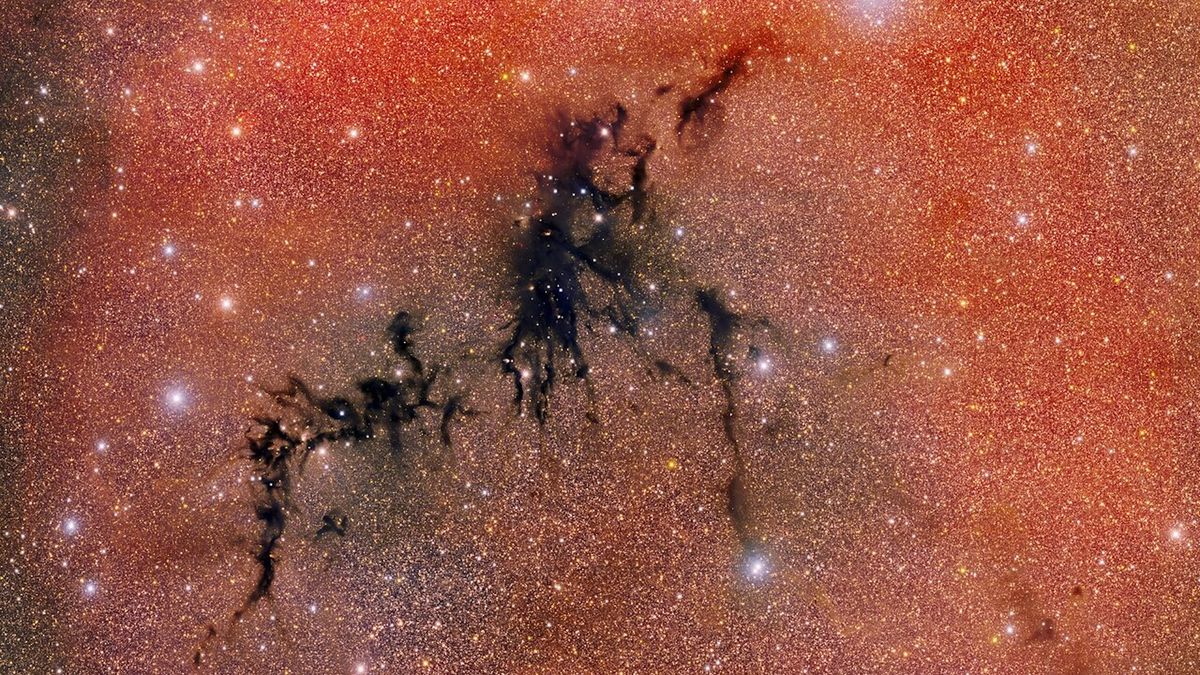
The National Science Foundation’s Dark Energy Camera (DECam) has captured a remarkable image of the Circinus West molecular cloud, offering a rare and detailed view into one of the universe’s most enigmatic regions. Located in the southern sky, the Circinus West nebula is a type of dark nebula—an area so densely packed with gas and dust that visible light cannot pass through it, rendering it nearly invisible in the optical spectrum.
Dark nebulae like Circinus West are key areas of interest for astronomers because they serve as stellar nurseries where new stars are born. The obscuring gas and dust within these clouds represent the raw materials for star formation. The DECam, mounted on the Victor M. Blanco 4-meter Telescope in Chile, is specifically designed to observe such faint cosmic features.
The new image provides exceptional detail and clarity, allowing scientists to study the structure and composition of the nebula more closely. Such observations help deepen our understanding of star formation processes and the dynamic lifecycle of interstellar matter.
The Circinus West image is part of ongoing efforts to map and analyze dark, dense regions of the cosmos, contributing valuable data to the study of the universe’s origins and evolution.
Source: https:// – Courtesy of the original publisher.






